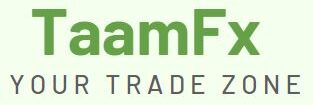Forex, or foreign exchange, is a decentralized global market where all the world’s currencies are traded. It is the largest financial market in the world, with an average daily trading volume of over $6 trillion. The forex market is open 24 hours a day, five days a week, allowing traders to participate in the market at any time.
Forex trading involves buying and selling currency pairs with the aim of making a profit from the difference in exchange rates between the two currencies. For example, if a trader buys the EUR/USD currency pair at a rate of 1.2000 and sells it at a rate of 1.2050, they make a profit of 50 pips.
One of the advantages of forex trading is that it offers a high level of liquidity, which means that traders can enter and exit positions quickly and easily. Additionally, the forex market is highly accessible, with low entry barriers and a wide range of trading options available.
Forex trading can be done through a variety of methods, including online trading platforms, brokers, and automated trading systems. However, it is important to note that forex trading carries a high level of risk and requires a significant amount of knowledge and experience.
Successful forex traders use a variety of strategies, including technical analysis, fundamental analysis, and price action analysis, to make informed trading decisions. They also employ risk management techniques, such as setting stop-loss orders and limiting their exposure to any single trade.
In summary, forex trading is a global market where traders buy and sell currency pairs with the aim of making a profit. While it offers high liquidity and accessibility, it also carries a high level of risk and requires a significant amount of knowledge and experience to be successful.
